What Is Magnetic Permeability
Understanding Permeability
Permeability is a fundamental property in materials science, particularly in relation to magnetism. It measures the ease with which a material can be magnetised or the extent to which it supports the development of an internal magnetic field. Materials with high permeability are used in applications such as transformers, inductors and magnetic cores, where the effective transfer of magnetic flux is required.
Types of Permeability
There are several types of permeability that describe different aspects of a material’s magnetic characteristics:
Absolute Permeability
Absolute permeability quantifies a material's ability to conduct magnetic flux in the absence of an external magnetic field. It is denoted by μ and is expressed in henry per metre (H/m).
Relative Permeability
Relative permeability is the ratio of a material's absolute permeability to the permeability of free space (μ₀). It is a dimensionless quantity and indicates how much more permeable a material is compared to a vacuum.
Factors Affecting Permeability
The permeability of a material is influenced by several factors, including:
- Material composition: Different materials inherently exhibit varying permeability values.
- Frequency of the magnetic field: The permeability may vary with the frequency of the applied magnetic field.
- Temperature: Elevated temperatures can affect the magnetic domains within a material, thereby altering its permeability.
- Magnetic saturation: At high magnetic field strengths, materials may reach saturation, resulting in a reduction of permeability.
Applications of Materials with High Permeability
High permeability materials are employed in various technical applications:
Transformers and Inductors
In transformers and inductors, materials with high permeability are used to transfer magnetic flux between coils. This method increases operational performance and reduces energy losses.
Magnetic Storage
High permeability materials are utilised in magnetic storage devices to maintain stable magnetic states, thereby ensuring data integrity.
Electromagnetic Shielding
These materials are also used for electromagnetic shielding; they protect electronic devices from external magnetic fields, thereby ensuring their continued functionality and durability.
Comparative Table of the Permeability of Common Materials
|
Material |
Absolute Permeability (μ) |
Relative Permeability (μᵣ) |
|
Vacuum |
4π × 10-⁷ H/m |
1 |
|
Iron |
6,3 × 10-³ H/m |
1.58 × 10⁵ |
|
1,0 × 10-³ H/m |
2515 |
|
|
Air |
1,26 × 10-⁶ H/m |
1.00000037 |
|
Nickel |
6,0 × 10-³ H/m |
1.5 × 10⁴ |
Further information is available at Stanford Advanced Materials (SAM).
Frequently Asked Questions
What is permeability in simple terms?
Permeability is the capacity of a material to permit the passage of magnetic fields, thereby determining how readily it can be magnetised.
Why are ferrite powders preferred in electronic applications?
Ferrite powders are selected on the basis of their high permeability, low electrical conductivity and thermal stability; their use reduces energy losses and improves performance metrics.
How does temperature affect a material's permeability?
Temperature changes can modify the magnetic domains within a material. Consequently, the permeability may either increase or decrease depending on the material’s inherent properties.
What is the difference between absolute and relative permeability?
Absolute permeability measures a material's ability to conduct magnetic flux, whereas relative permeability compares this ability to that of free space.
Can a material's permeability be modified?
Yes; factors such as material composition, magnetic field frequency, temperature and magnetic saturation are capable of modifying a material's permeability.

 Bars
Bars
 Beads & Spheres
Beads & Spheres
 Bolts & Nuts
Bolts & Nuts
 Crucibles
Crucibles
 Discs
Discs
 Fibers & Fabrics
Fibers & Fabrics
 Films
Films
 Flake
Flake
 Foams
Foams
 Foil
Foil
 Granules
Granules
 Honeycombs
Honeycombs
 Ink
Ink
 Laminate
Laminate
 Lumps
Lumps
 Meshes
Meshes
 Metallised Film
Metallised Film
 Plate
Plate
 Powders
Powders
 Rod
Rod
 Sheets
Sheets
 Single Crystals
Single Crystals
 Sputtering Target
Sputtering Target
 Tubes
Tubes
 Washer
Washer
 Wires
Wires
 Converters & Calculators
Converters & Calculators
 Write for Us
Write for Us
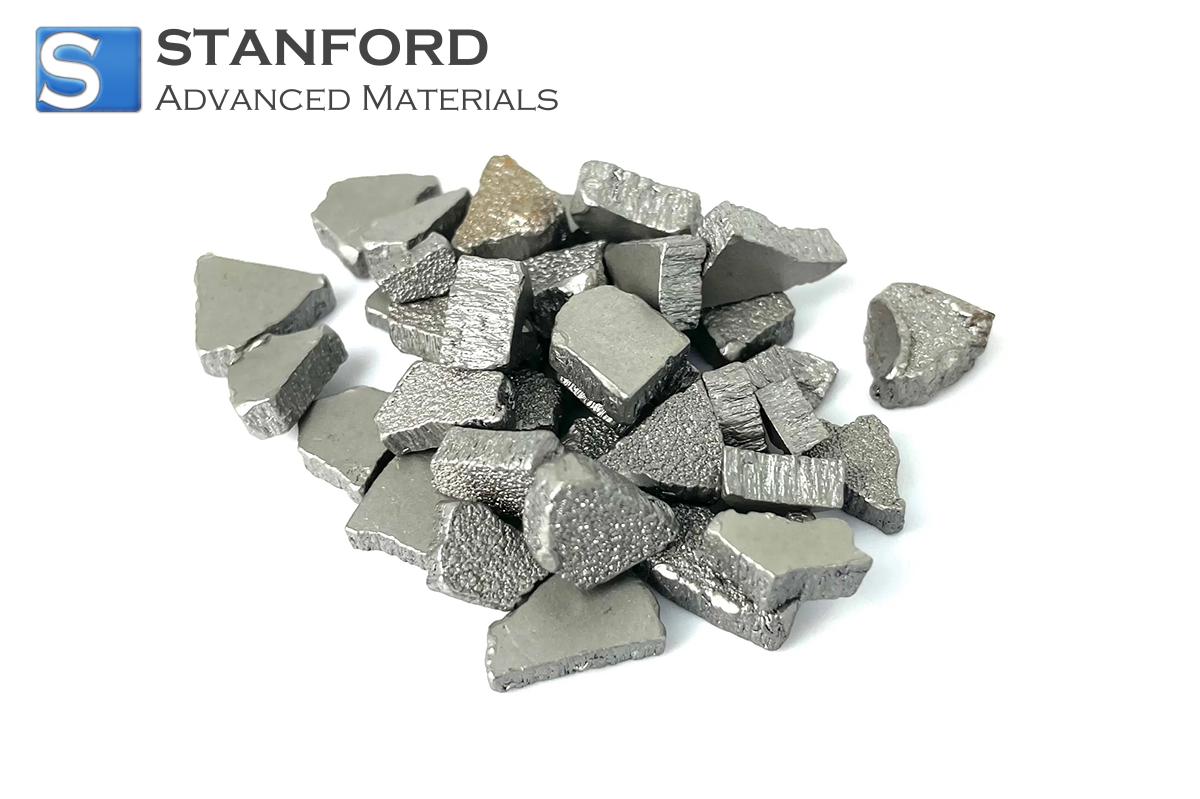
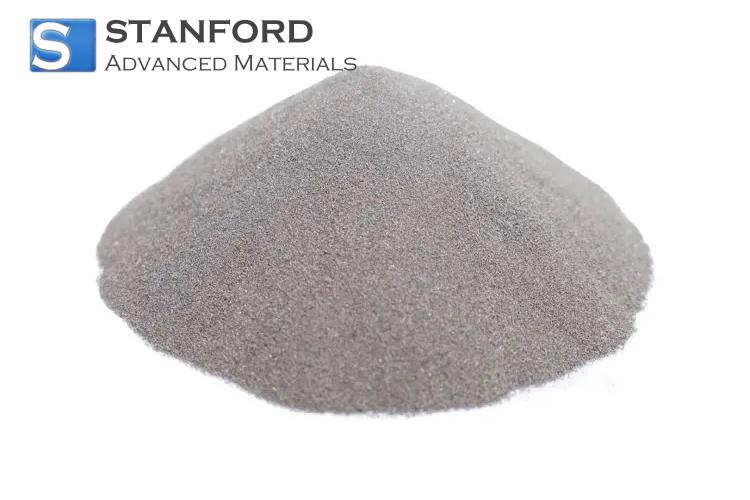
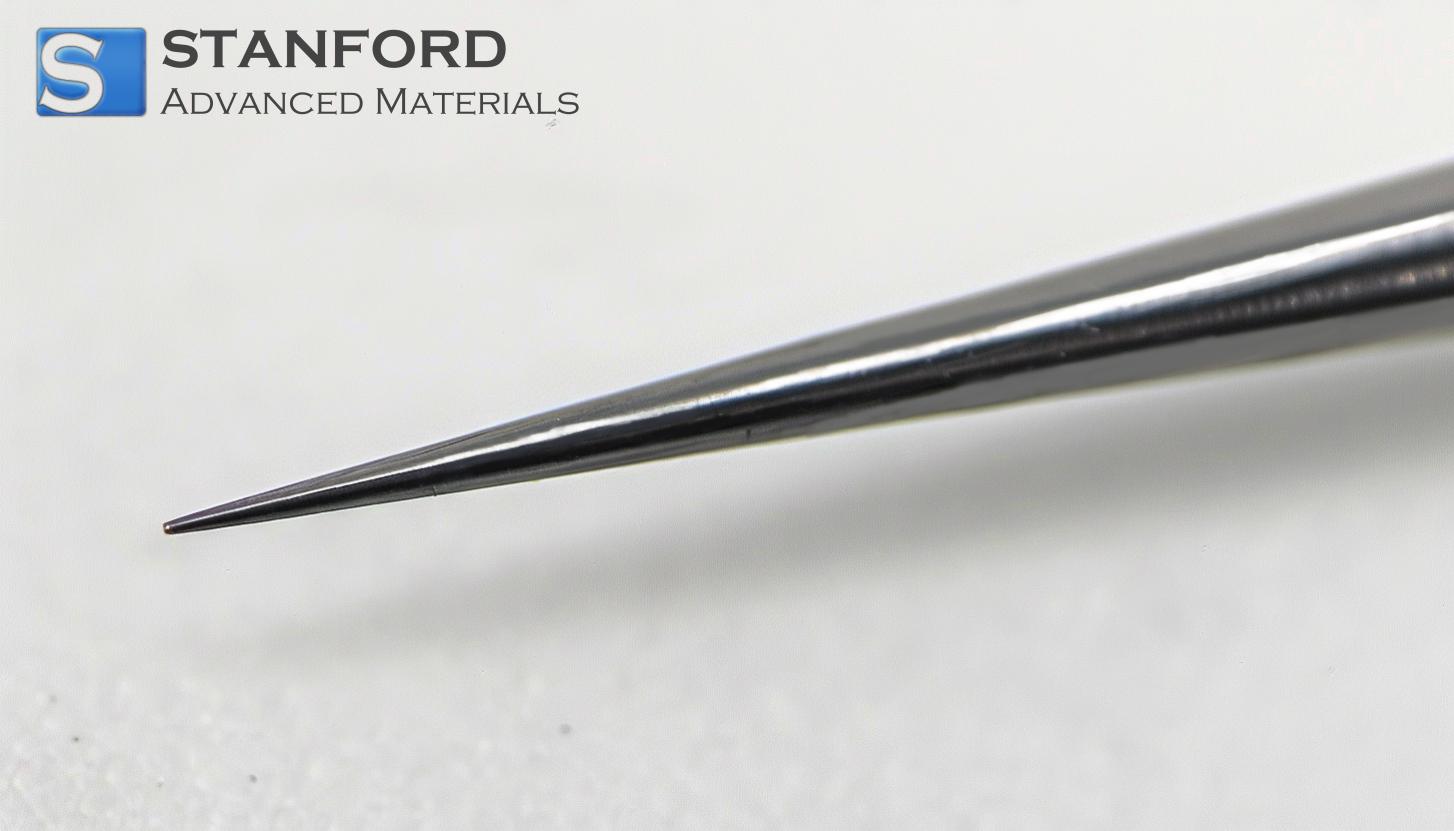
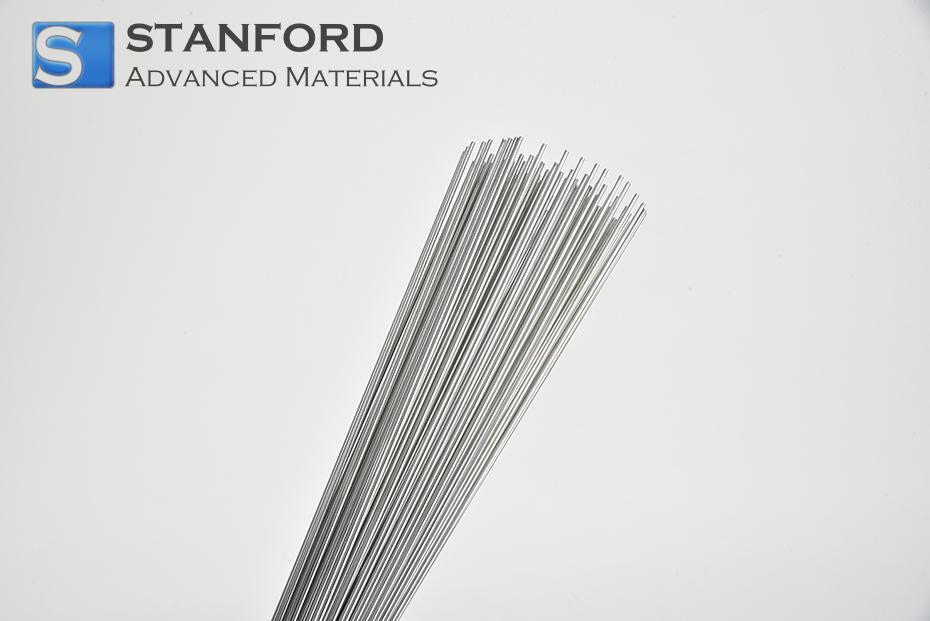
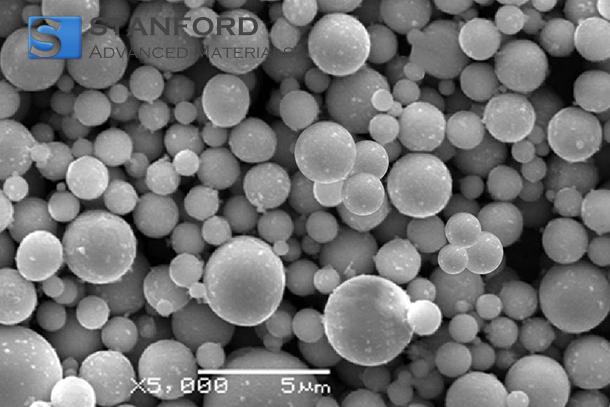
 Chin Trento
Chin Trento



